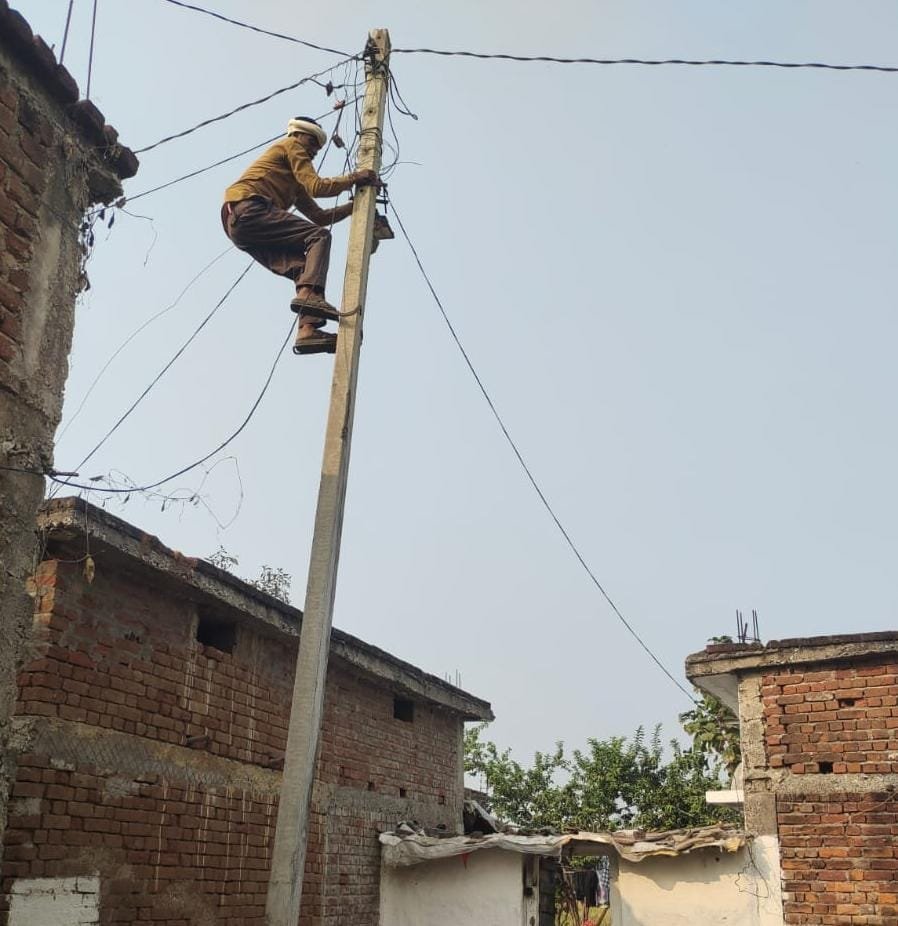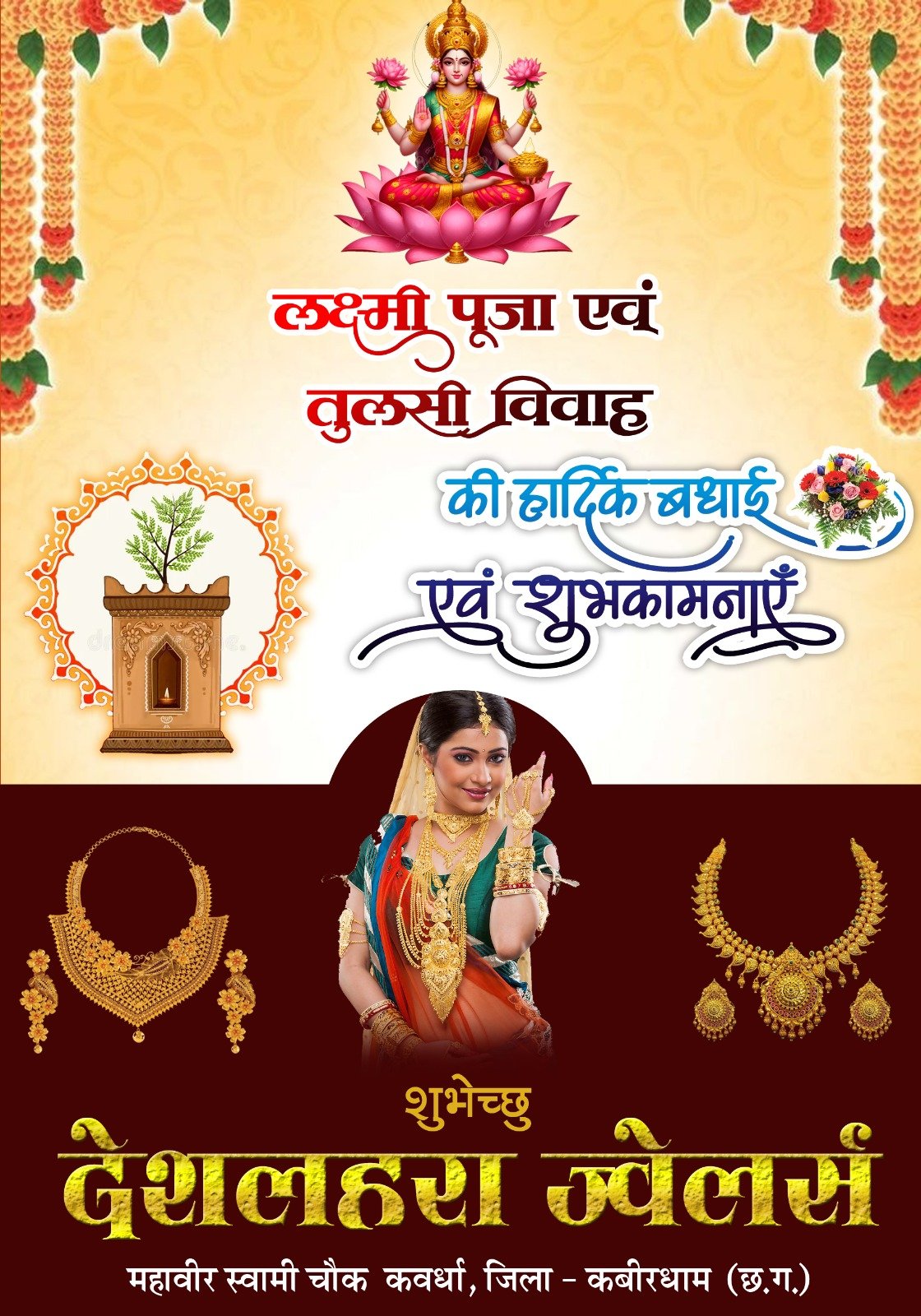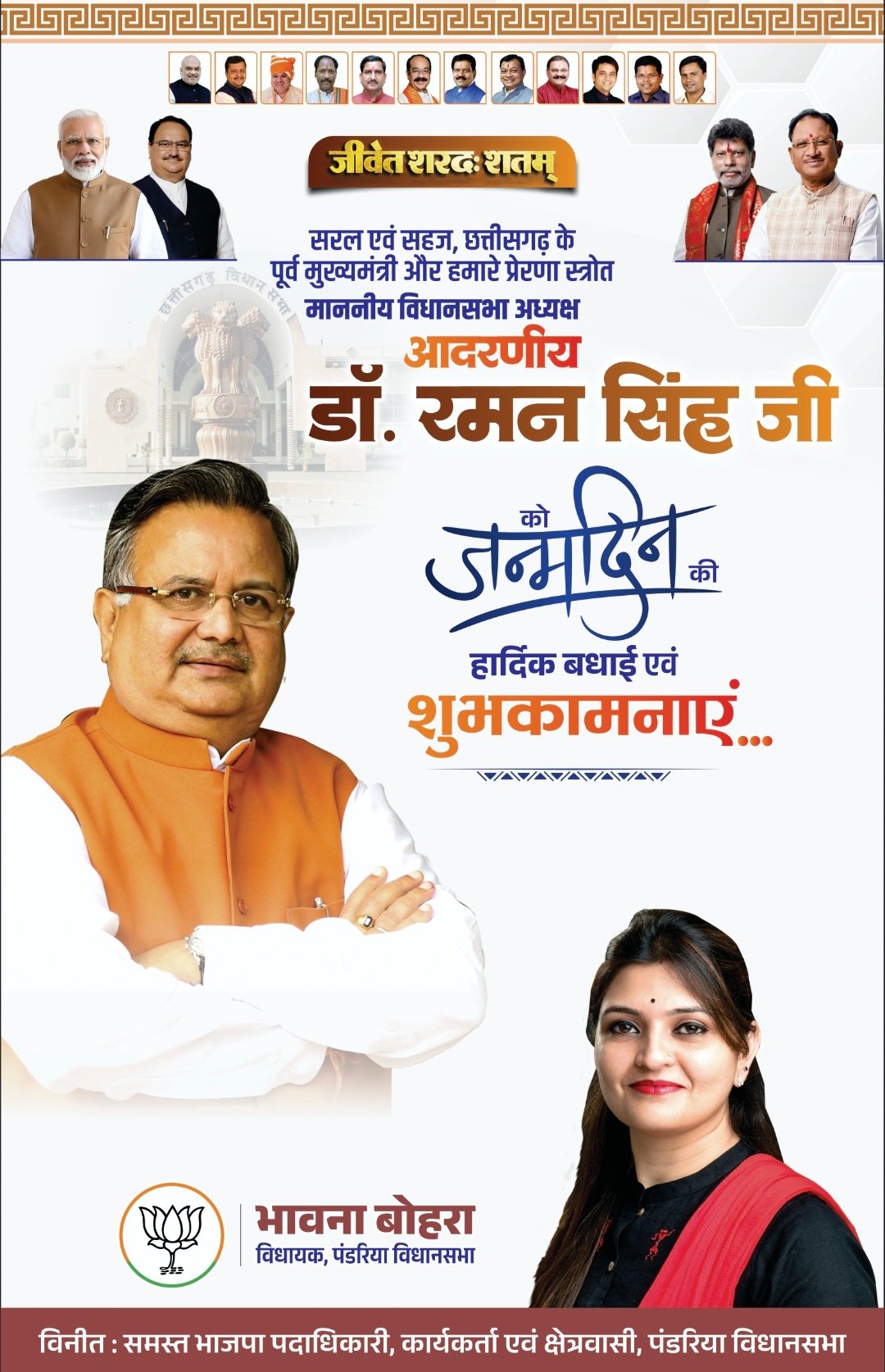1. Introduction: From Classic Duel Mechanics to Cinematic Visuals
The depiction of duels has undergone a profound transformation over the decades, evolving from straightforward gameplay mechanics and narrative devices into complex visual storytelling elements that captivate audiences worldwide. In the origins of Westerns and martial arts films, duels primarily served as climactic moments emphasizing skill and morality, often depicted through simple camera setups and choreography. Today, modern cinema and video games utilize advanced cinematic techniques, including dynamic camera work, lighting, and digital effects, to craft visually rich and emotionally resonant duel scenes. This evolution underscores the importance of visual language in conveying thematic depth, character psychology, and cultural symbolism, transforming duels from mere confrontations into powerful storytelling tools. For a comprehensive overview of this progression and its cultural significance, see The Art of Duel: From Spaghetti Westerns to Modern Games.
- The Visual Language of Combat: Foundations and Evolution
- From Tactics to Cinematic Moments: Crafting Visual Narratives in Duel Scenes
- The Art of Framing and Composition in Combat Sequences
- The Influence of Genre and Cultural Context on Visual Duel Language
- Modern Technologies and Their Impact on Visual Duel Expression
- Psychological and Emotional Dimensions of Visual Combat
- Deepening the Narrative: Symbolism, Metaphor, and Visual Subtext in Duel Scenes
- Bridging to the Parent Theme: How Cinematic Visual Language Enhances the Art of Duel
2. The Visual Language of Combat: Foundations and Evolution
At the core of any compelling duel scene are key visual elements that establish its aesthetic and emotional tone. Historically, lighting played a crucial role; for example, the high-contrast shadows in classic Westerns such as those by Sergio Leone emphasized moral dichotomies and tension. Camera angles, such as low shots or extreme close-ups, influence audience perception by highlighting characters’ dominance or vulnerability. Framing techniques, whether symmetrical compositions or dynamic asymmetry, guide viewer focus and underscore thematic messages. Technological advancements, from practical effects to CGI, have expanded these tools, allowing filmmakers to craft more immersive, stylized, or hyper-realistic combat scenes. For instance, the use of virtual cinematography in recent films enables fluid camera movements impossible in traditional setups, heightening the visceral impact of duel sequences.
3. From Tactics to Cinematic Moments: Crafting Visual Narratives in Duel Scenes
Originally, duel tactics focused on realism—accurate weapon handling, proper timing, and spatial awareness. Over time, directors shifted towards symbolic visual storytelling, where every movement, shot, and cut conveys deeper meaning. Choreography is now meticulously designed to build tension; for example, the slow-motion sequences in “The Duel” (2016) use timing and framing to magnify emotional stakes. Cinematography techniques—such as close-ups during critical moments—highlight characters’ internal struggles, while wider shots establish spatial relationships and escalating conflict. Iconic scenes like the final duel in “Unforgiven” (1992) utilize lighting and shot composition to reinforce themes of morality and redemption, transforming a simple confrontation into a layered narrative event.
4. The Art of Framing and Composition in Combat Sequences
Effective framing employs techniques like symmetry to evoke order or chaos, asymmetry to create tension, and focal points to direct viewer attention. Color palettes contribute significantly; a desaturated scheme can evoke bleakness, while vibrant hues emphasize drama or vitality. Visual motifs—such as recurring symbols or colors—serve as thematic anchors. Dynamic shots, including rapid cuts and sweeping camera movements, increase adrenaline and urgency, whereas static shots allow emotional reflection. For example, the slow, deliberate framing in “The Good, the Bad and the Ugly” enhances the iconic standoff’s gravity, balancing action with introspection.
5. The Influence of Genre and Cultural Context on Visual Duel Language
Different genres develop unique visual conventions. Westerns favor wide landscapes and dramatic silhouettes, while martial arts films emphasize fluid, fast-paced choreography and specific color schemes—red for violence, gold for honor. Modern video games often blend these styles, utilizing hyper-stylized visuals to heighten engagement. Cultural symbolism also informs duel scenes; samurai films incorporate elements of Japanese aesthetics like minimalism and nature motifs, while Westerns often evoke rugged individualism. Understanding these conventions helps audiences interpret duels as expressions of cultural identity and genre-specific storytelling.
6. Modern Technologies and Their Impact on Visual Duel Expression
CGI and motion capture have revolutionized combat scenes, allowing for seamless, hyper-stylized visuals that blend realism with fantasy. Virtual cinematography enables complex camera moves, such as the swirling duels in “The Matrix” (1999), where wirework and digital effects create gravity-defying stunts. The interplay between realism and stylization is now a key consideration; films like “Mad Max: Fury Road” (2015) combine practical effects with digital enhancements to produce visceral, immersive duels. AI and real-time rendering promise further innovations, enabling directors to visualize and modify scenes instantaneously, fostering a new era of dynamic, emotionally resonant combat storytelling.
7. Psychological and Emotional Dimensions of Visual Combat
Visual cues such as lighting, camera focus, and shot duration reflect characters’ psychological states. For instance, tight framing during a tense confrontation emphasizes internal anxiety, while rapid editing heightens chaos or urgency. Sound design—silence during a duel’s pivotal moment—can amplify tension, making visual silence a powerful tool. Analyzing scenes like the final duel in “Crouching Tiger, Hidden Dragon,” reveals how cinematography and sound work together to evoke emotional depth, portraying not just physical conflict but the inner turmoil of characters.
8. Deepening the Narrative: Symbolism, Metaphor, and Visual Subtext in Duel Scenes
Duel scenes often incorporate visual metaphors that transcend physical conflict. For example, the duel in “The Good, the Bad and the Ugly” uses the shared landscape as a symbol of moral ambiguity. Small visual cues—such as a character’s stance or a recurring motif—reveal underlying themes like honor, betrayal, or redemption. These subtle details enrich the narrative, providing viewers with deeper insights into character arcs and thematic messages. Integrating visual storytelling with the broader narrative ensures that duels serve as more than mere action sequences—they become integral to the story’s emotional and philosophical fabric.
9. Bridging to the Parent Theme: How Cinematic Visual Language Enhances the Art of Duel
As explored in The Art of Duel: From Spaghetti Westerns to Modern Games, the evolution of duel tactics and their cinematic portrayals are deeply interconnected. Modern visual storytelling techniques—such as innovative framing, lighting, and digital effects—serve to preserve and transform the cultural legacy of duels, elevating them from simple confrontations to complex artistic expressions. Looking ahead, advancements in AI and real-time rendering promise to push the boundaries further, enabling filmmakers and game developers to craft unprecedented visual duel experiences that blend tradition with innovation. This ongoing evolution not only enriches the art form but also deepens audience engagement, ensuring that the visual language of combat continues to evolve as a powerful narrative device.















